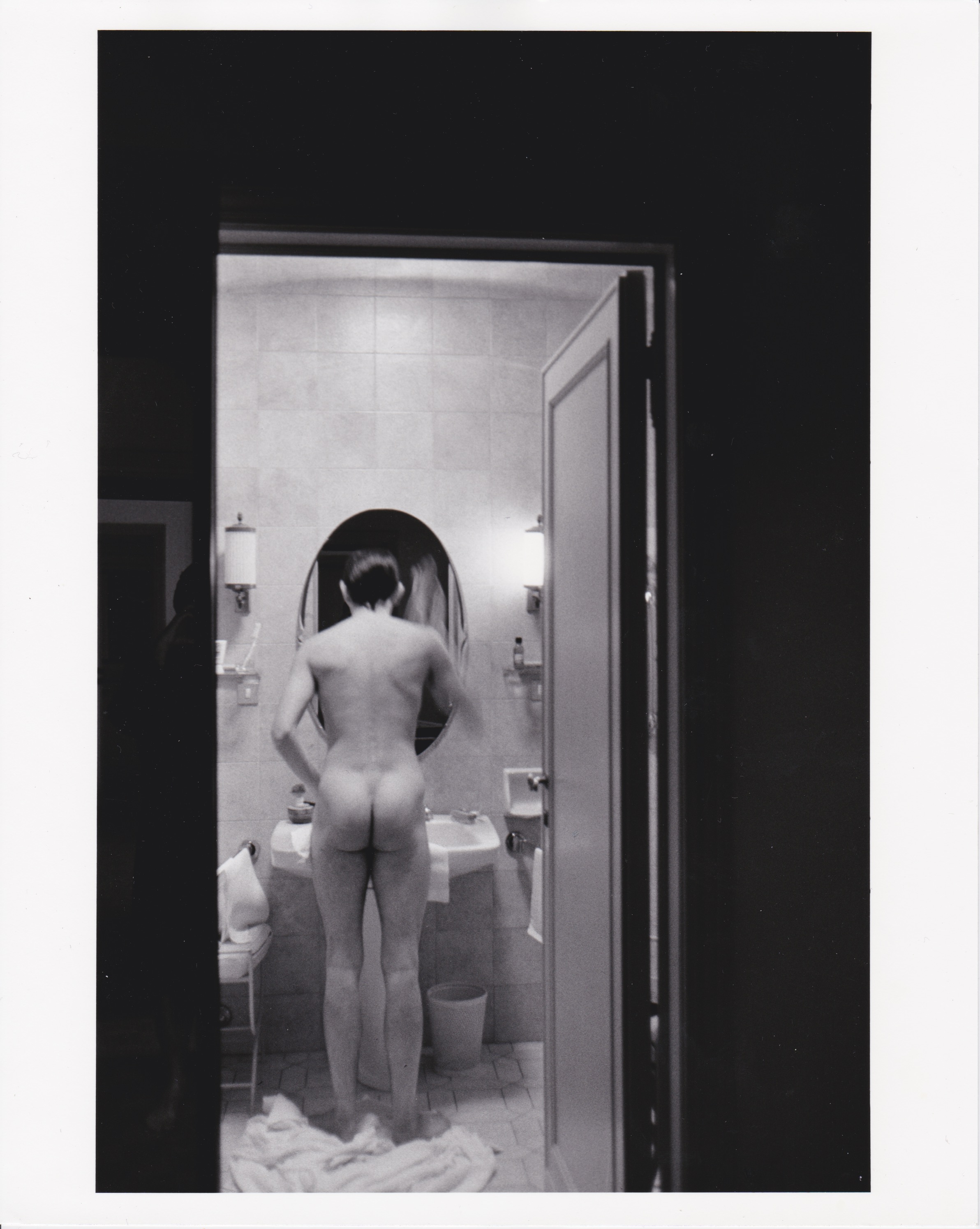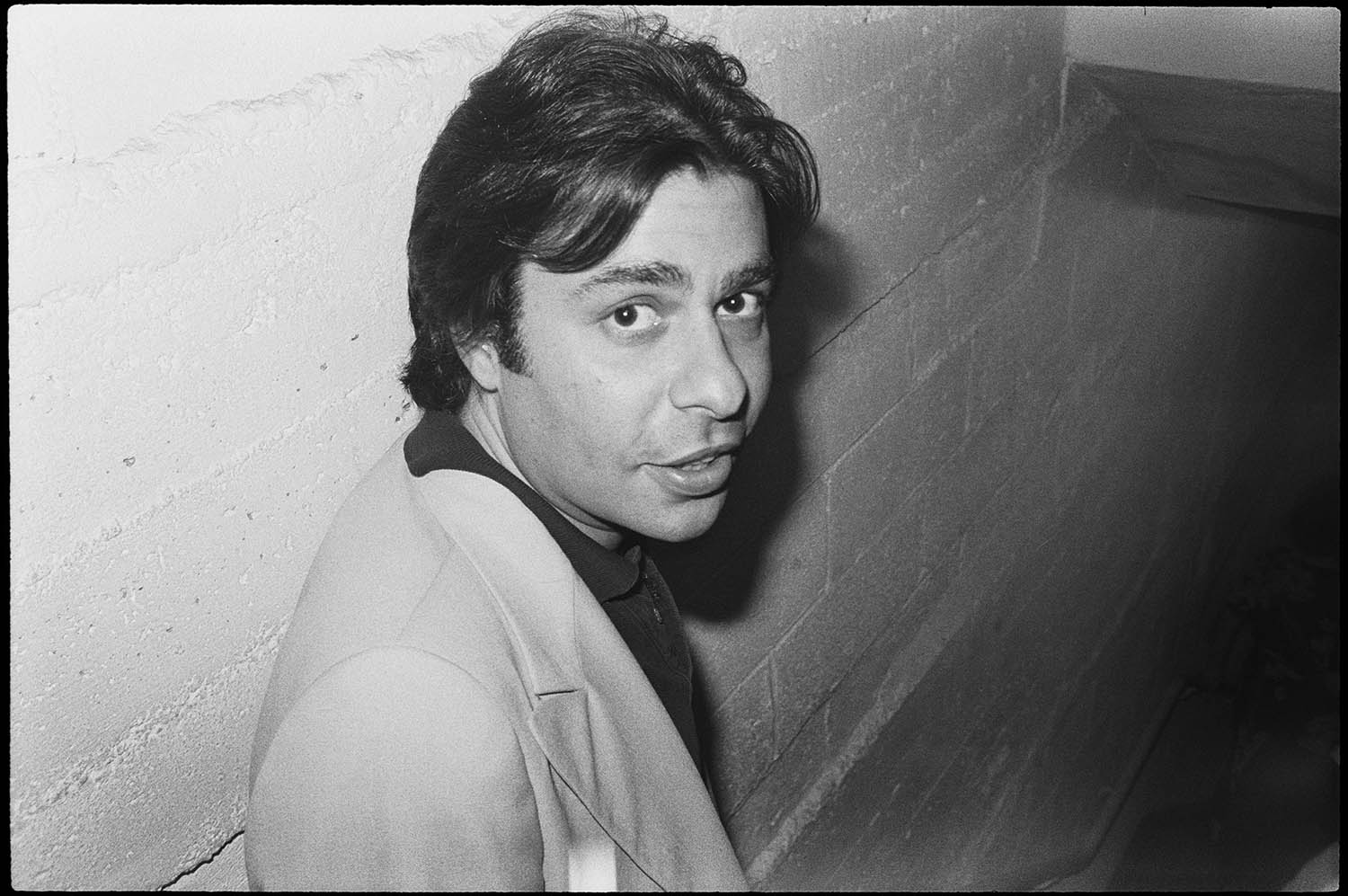Behind closed doors with Andy Warhol’s right-hand man
- Text by Huck
- Photography by Bob Colacello

Throughout the late ’70s and early ’80s, Bob Colacello was synonymous with America’s VIP culture.
As Andy Warhol’s trusted right-hand man, the writer, editor and photographer was firmly embedded in high society, accompanying the pop artist to lofty parties, full of designers, politicians and film stars.
It was at these gatherings that Colacello took the photos that make up Pictures From Another Time, a new exhibition currently showing at New York’s Vito Schnabel gallery.
 Working with a Minox 35 EL – the camera favoured by spies during the Cold War – he shot some of pop culture’s most significant figures, capturing them as partied together.
Working with a Minox 35 EL – the camera favoured by spies during the Cold War – he shot some of pop culture’s most significant figures, capturing them as partied together.
“I liked to be in the middle of the party, and to give that feeling to the viewer,” he says.
“Many of my best photos, I think, are multilayered, with faces half-blocked by a waving hand or overly large hairdo. I often deliberately tilted the camera to create the sensation of being caught in a crush or slightly tipsy.”

 Pictures From Another Time features the likes of Liza Minnelli, Cher, Truman Capote and Mick Jagger – as well as Warhol himself – taken at events that range from late-night jaunts at Studio 54 to presidential inaugurations.
Pictures From Another Time features the likes of Liza Minnelli, Cher, Truman Capote and Mick Jagger – as well as Warhol himself – taken at events that range from late-night jaunts at Studio 54 to presidential inaugurations.
And, though he shared his taste in cameras with agents of espionage, Colacello – who wrote for the likes of Village Voice and Vanity Fair, and edited Interview from 1971 to 1983 – never saw his work as covert. (“No one seemed to care, because I was the editor of Interview magazine, not an invasive paparazzo.”)
Together, the images form a candid portrait of a bygone era. As far as Colacello is concerned, it’s a series that wouldn’t be possible in today’s age.
“Well, I’d be competing with everybody’s phone,” he says. “And [nowadays] people tend to mix it up a lot less, to stick with their own kind, whether that be class, race, religion, sexual preference, political party, or profession. Such a bore! And intrinsically divisive.”






 Pictures From Another Time is showing at New York’s Vito Schnabel gallery until June 21, 2019.
Pictures From Another Time is showing at New York’s Vito Schnabel gallery until June 21, 2019.
Enjoyed this article? Like Huck on Facebook or follow us on Twitter.
Latest on Huck

“My homeland Is everywhere”: Samantha Box is redefining contemporary photography
Confluences — Finding the boundaries of documentary photography too limiting, the US-based photographer has developed a style entirely her own as a canvas to explore her overlapping identities.
Written by: Miss Rosen

In the ’60s and ’70s, Greenwich Village was the musical heart of New York
Talkin’ Greenwich Village — Author David Browne’s new book takes readers into the neighbourhood’s creative heyday, where a generation of artists and poets including Bob Dylan, Billie Holliday and Dave Van Ronk cut their teeth.
Written by: Cyna Mirzai

How Labour Activism changed the landscape of post-war USA
American Job — A new exhibition revisits over 70 years of working class solidarity and struggle, its radical legacy, and the central role of photography throughout.
Written by: Miss Rosen

Analogue Appreciation: Emma-Jean Thackray
Weirdo — In an ever more digital, online world, we ask our favourite artists about their most cherished pieces of physical culture. Today, multi-instrumentalist and Brownswood affiliate Emma-Jean Thackray.
Written by: Emma-Jean Thackray

Meet the shop cats of Hong Kong’s Sheung Wan district
Feline good — Traditionally adopted to keep away rats from expensive produce, the feline guardians have become part of the central neighbourhood’s fabric. Erica’s online series captures the local celebrities.
Written by: Isaac Muk

How trans rights activism and sex workers’ solidarity emerged in the ’70s and ’80s
Shoulder to Shoulder — In this extract from writer Jake Hall’s new book, which deep dives into the history of queer activism and coalition, they explore how anti-TERF and anti-SWERF campaigning developed from the same cloth.
Written by: Jake Hall